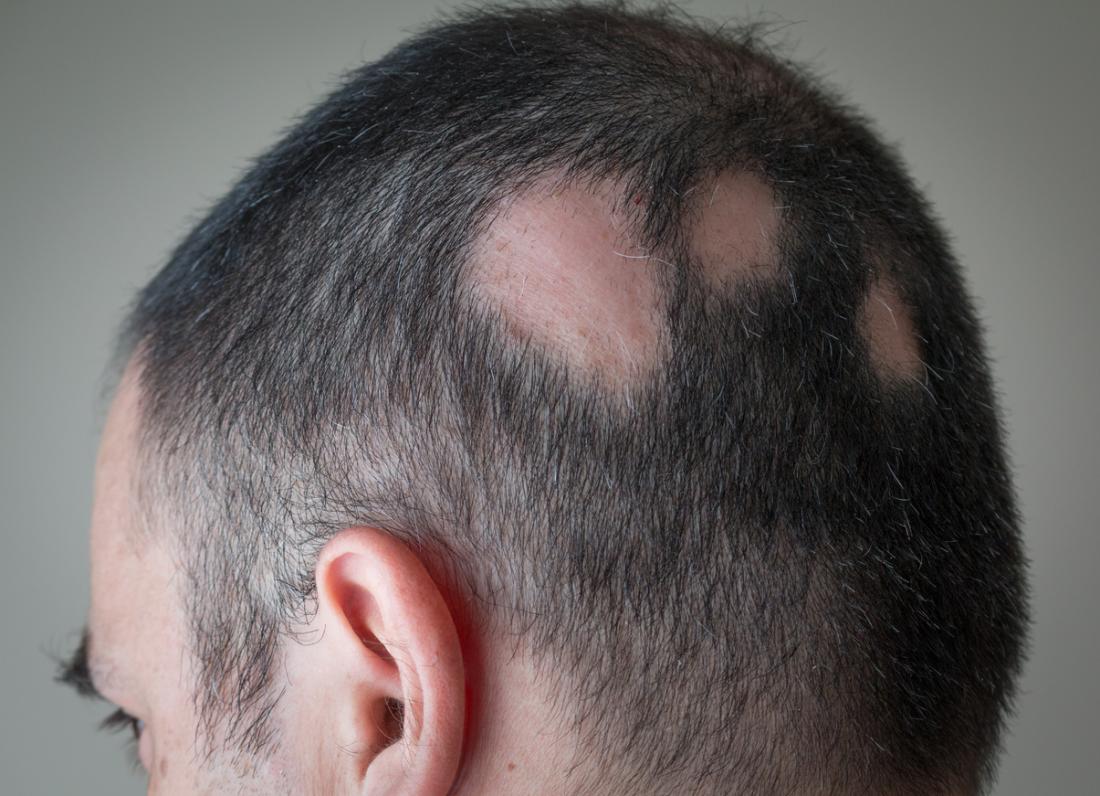News Blast
Your daily source for the latest news and insights.
Hair Today, Gone Tomorrow: A Follicle's Journey
Discover the wild and witty journey of hair loss—unexpected twists, tips, and truths that will keep you hooked and laughing!
Understanding Hair Growth: The Science Behind Your Follicles
Understanding hair growth begins with recognizing the vital role of hair follicles. Hair growth is a complex biological process that occurs in cycles, consisting of three main phases: anagen, catagen, and telogen. During the anagen phase, which can last several years, hair follicles actively produce hair, contributing to length and vitality. Factors such as genetics, nutrition, and hormonal balance significantly influence the duration and efficiency of the anagen phase, ultimately affecting how thick and robust each strand of hair grows.
In the catagen phase, hair growth slows down as follicles transition and shrink, while the final telogen phase marks the resting period where hair is neither growing nor shedding. Understanding the transition between these phases can be crucial for addressing hair loss issues. Many individuals experience changes in hair growth cycles due to factors like stress, medical conditions, and aging, leading to variations in hair density and health. By delving deeper into the science of hair follicles, one can uncover effective strategies to promote healthy hair growth and mitigate loss.

Common Causes of Hair Loss: What You Need to Know
Hair loss is a common issue that affects millions of people worldwide, and understanding its common causes is crucial for effective management and prevention. One of the primary reasons for hair loss is hereditary factors, known as androgenetic alopecia, which can cause thinning hair and bald spots in both men and women. Other medical conditions, such as thyroid disorders and autoimmune diseases like alopecia areata, can also lead to significant hair loss. In addition, hormonal changes due to pregnancy, menopause, or hormonal treatments may contribute to the problem.
Lifestyle choices can greatly influence hair health as well. Nutritional deficiencies, particularly a lack of essential vitamins and minerals like iron, zinc, and biotin, can undermine hair growth. Furthermore, high-stress levels or traumatic experiences can trigger a type of temporary hair loss known as telogen effluvium. Finally, excessively harsh hair treatments and styles can cause physical damage to the hair shaft, resulting in breakage and thinning. By identifying these common causes, individuals can take proactive steps to maintain healthy hair.
Can Hair Transplants Really Work? Exploring the Options
The question Can hair transplants really work? has become increasingly popular as more individuals seek effective solutions for hair loss. Hair transplant procedures involve relocating hair follicles from dense areas of the scalp to thinning or balding regions, essentially reviving the natural hair growth process. There are primarily two types of hair transplant techniques: FUT (Follicular Unit Transplantation) and FUE (Follicular Unit Extraction). While FUT involves removing a strip of scalp, FUE extracts individual follicular units, making it a less invasive option. Both methods promise varying degrees of success, depending on factors like the surgeon's skill, the patient's hair type, and the surrounding scalp condition.
Understanding the success rate of these procedures is crucial for potential candidates. Several studies indicate that hair transplants can achieve up to 90% success in following post-operative care protocols. Many patients observe significant improvements in hair density within six to twelve months after the procedure. However, it’s essential to manage expectations, as results can vary, and not everyone is an ideal candidate for hair transplantation. Consulting with a qualified specialist can provide personalized insights and help individuals determine whether they are suitable candidates for this effective hair restoration option.